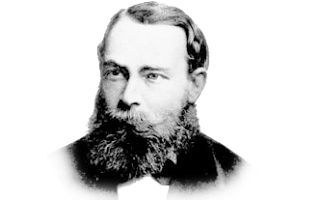“We’re dreamers, of course. Our souls strain and suffer, but not much gets done—there’s no strength left over after all that ardor. Nothing ever gets done. The mysterious Russian soul…Everyone wants to understand it. They read Dostoevsky: What’s behind that soul of theirs? Well, behind our soul there’s just more soul. We like to have a chat in the kitchen, read a book. “Reader” is our primary occupation. “Viewer.” All the while, we consider ourselves a special, exceptional people even though there are no grounds for this besides our oil and natural gas. On one hand, this is what stands in the way of progress; on the other hand, it provides something like meaning. Russia always seems to be on the verge of giving rise to something important, demonstrating something completely extraordinary to the world. The chosen people. The special Russian path. Our country is full of Oblomovs, lying around on their couches, awaiting miracles. There are no Stoltzes. The industrious, awaiting miracles. There are no Stoltzes. The industrious, savvy Stoltzes are despised for chopping down the beloved birch grove, the cherry orchard. They build their factories, make money…They’re foreign to us…”
**
“The Russian kitchen…The pitiful Khrushchyovka kitchenette, nine to twelve square meters (if you’re lucky!), and on the other side of a flimsy wall, the toilet. Your typical Soviet floorplan. Onions sprouting in old mayonnaise jars on the windowsill and a potted aloe for fighting colds. For us, the kitchen is not just where we cook, it’s a dining room, a guest room, an office, a soapbox. A space for group therapy sessions. In the nineteenth century, all of Russian culture was concentrated on aristocratic estates; in the twentieth century, it lived on in our kitchens. That’s where perestroika really took place. 1960s dissident life is the kitchen life. Thanks, Khrushchev! He’s the one who led us out of the communal apartments; under his rule, we got our own private kitchens where we could criticize the government and, most importantly, not be afraid, because in the kitchen you were always among friends. It’s where ideas were whipped up from scratch, fantastical projects concocted. We made jokes—it was a golden age for jokes! “A communist is someone who’s read Marx, an anticommunist is someone who’s understood him.” We grew up in kitchens, and our children did, too; they listened to Galich and Okudzhava along with us. We played Vysotsky, tuned in to illegal BBC broadcasts. We talked about everything: how shitty things were, the meaning of life, whether everyone could all be happy. I remember a funny story…We’d stayed up past midnight, and our daughter, she was twelve, had fallen asleep on the kitchen couch. We’d gotten into some heated argument, and suddenly she started yelling at us in her sleep: “Enough about politics! Again with your Sakharov, Solzhenitsyn, and Stalin!”











